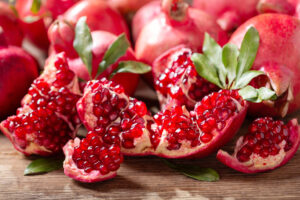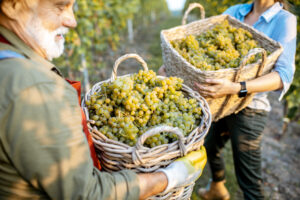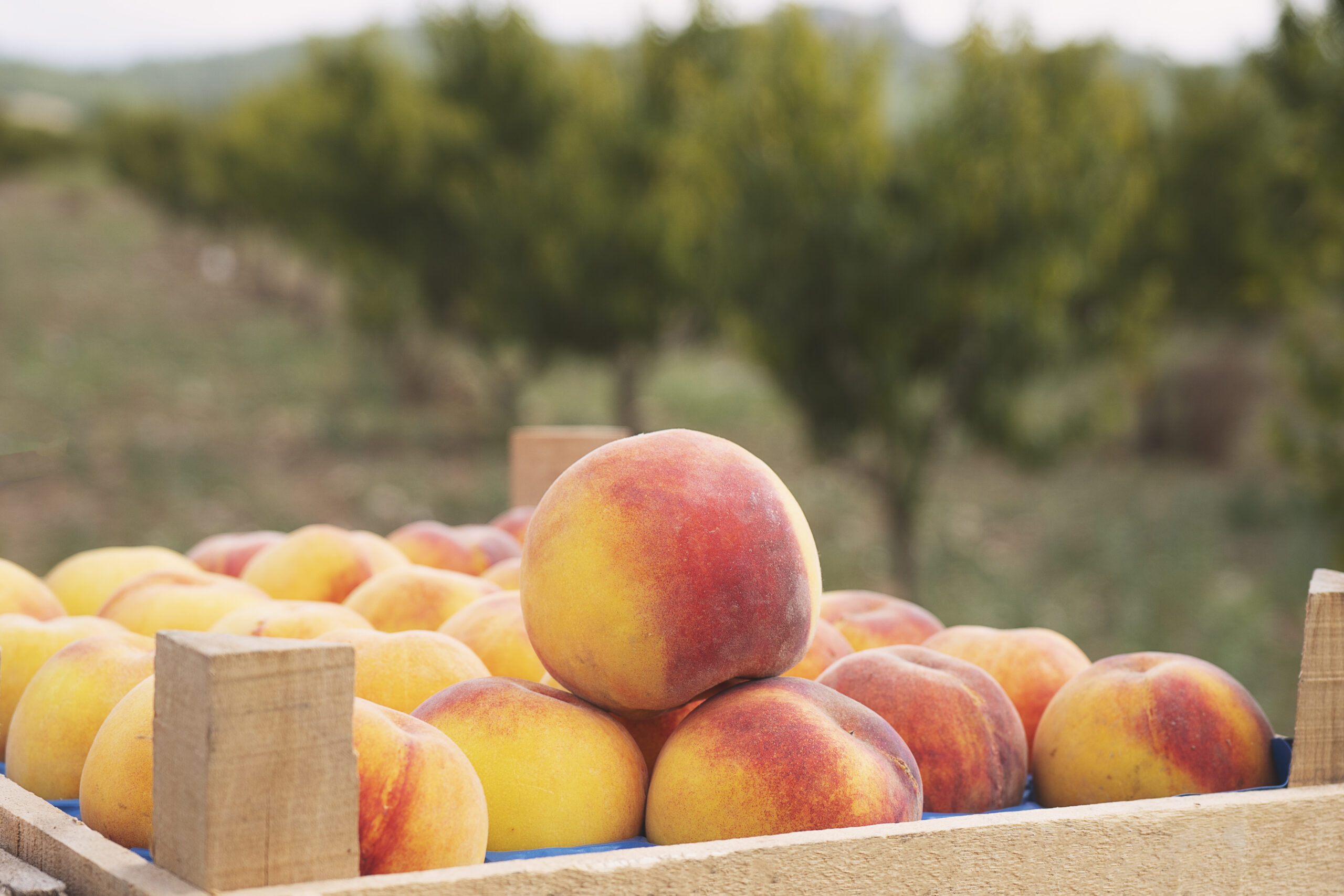By Mimi Greenwood Knight
For millennia, people ate and enjoyed whatever was in season. Now, at a time when we can have California avocados, Florida citrus, Maine blueberries, and even Hawaiian pineapple year-round, seasonal eating still makes sense. Here’s why. Spring, summer, fall, and winter each offer unique produce with distinct seasonal flavor. Choosing and eating each season’s best, just after it’s picked or harvested, means you enjoy fresher food with more nutrients and less detriment to our planet.
Over time, foods shipped from long distances lose their nutritional value unless they’re preserved or frozen. In a recent study, California peas and beans lost from 15 to a whopping 77 percent of their vitamin C within a week of harvest.

Because the trip from farm to table is shorter, seasonal food grown locally requires less chemical preservation or “waxing” to prevent spoilage. Buying local, seasonal produce supports local farmers, contributes to your local economy, and lessens the environmental impact of all that fossil fuel burned in long-distance transport.
One way to eat seasonally is to join a CSA (community-supported agriculture) program in your community. CSAs allow you to buy a weekly farm “share” directly from a farmer while offering the farm operating capital, at the beginning of each season. Find a CSA in your area at LocalHarvest.org.
Once you have your locally grown, seasonal produce, look for recipes to bring out the natural characteristics of each fruit or vegetable, favoring those with the fewest ingredients, so the seasonal offering is the star of the show.

In spring look for basic, healthy recipes featuring strawberries, pineapples, asparagus, artichokes, radishes, peas, and whatever else is growing in your area. Summer’s a great time for single-ingredient fare such as watermelon, cherries, blackberries, blueberries, raspberries, plums, okra, corn on the cob, cucumbers, eggplant, tomatoes and peppers. Any of these can stand alone or be enhanced with an additional ingredient or two.
Fall’s the time to indulge in butternut squash and pumpkins, sweet potatoes, beets, leeks, apples, pears, broccoli, and glorious greens of all kind. In winter get your citrus on. Also enjoy Brussels sprouts, kale, many types of squash, persimmons, parsnips, and kumquats, and greens, greens, greens.
Another benefit, whether you join a CSA, shop your farmer’s market, or look for seasonal bounty at your grocery store, is that seasonal produce should be cheaper, so it’s healthy for your family budget, too.

